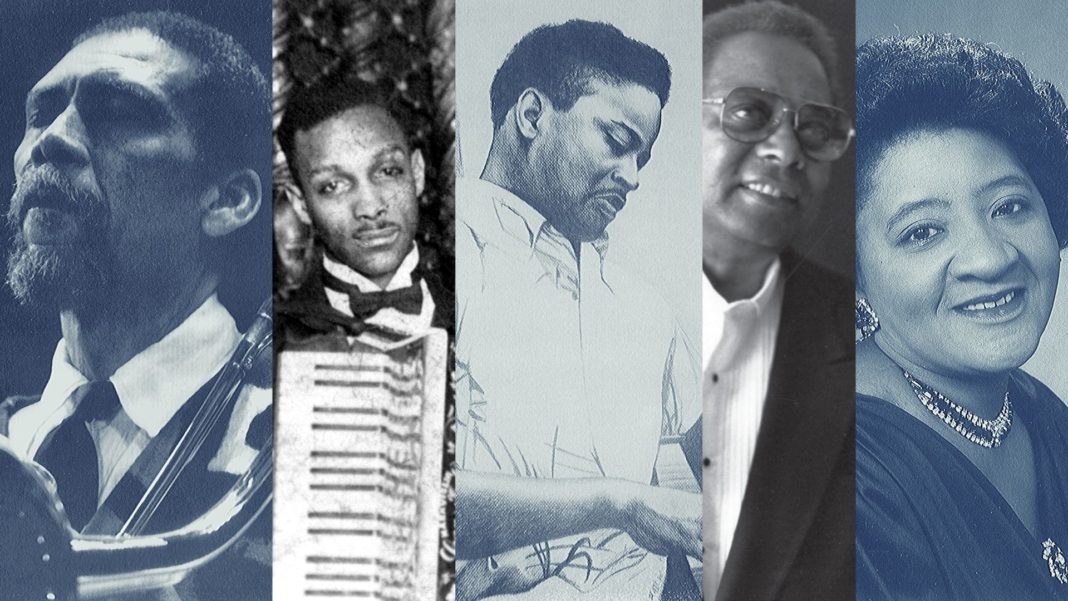
Indiana, and Indianapolis in particular, boasts an incredible history of jazz music. There were wonderful places, Indiana Avenue and its many performance venues. But there were also wonderful artists. Here are five of the very best, even if some have been forgotten.
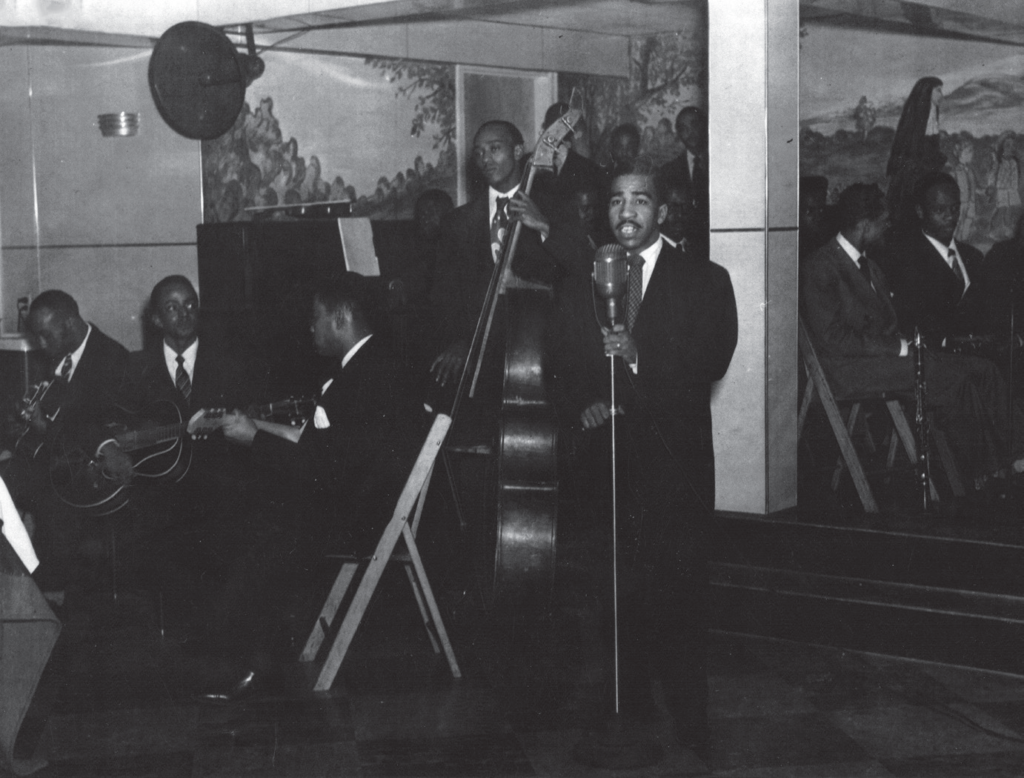
1. Reginald DuValle
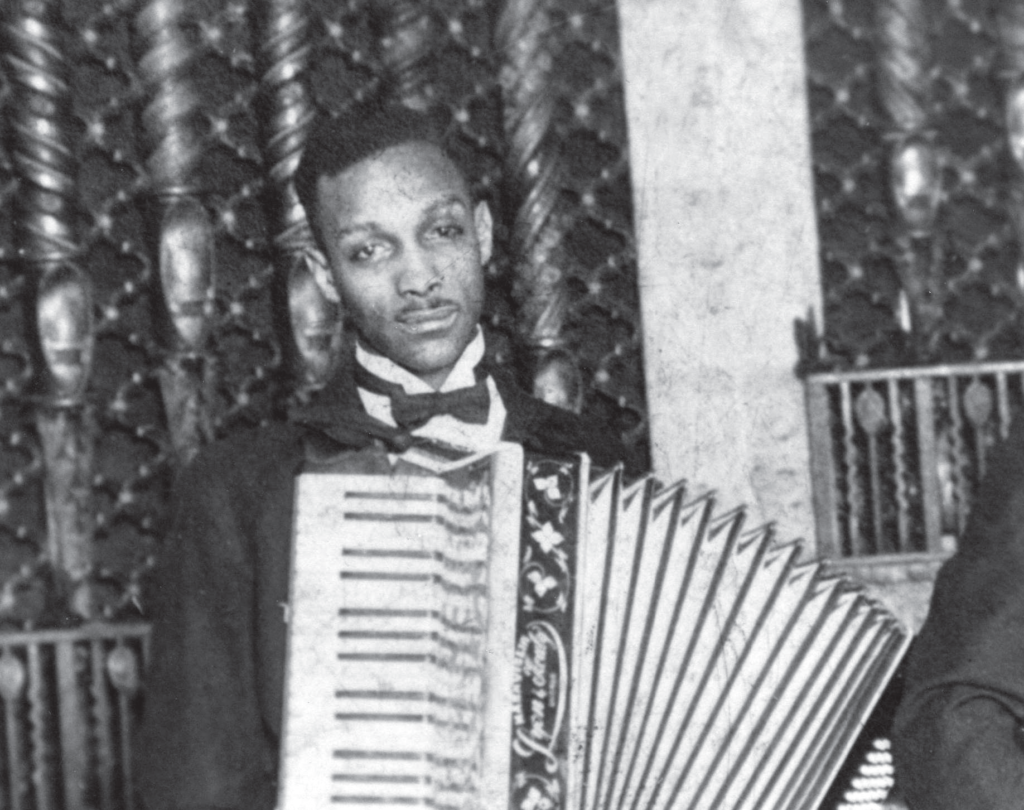
After Reginald DuValle graduated from Shortridge High School, in 1911, he landed an enviable spot as pianist in one of the hottest groups on or off the Avenue, the Russell Smith Orchestra. News of DuValle’s musical brilliance circulated throughout the region, and he started an orchestra, Reginald DuValle’s Blackbyrds, that played on the radio and performed in many famous venues. DuValle also mentored many up-and-coming music students, including a young Hoagy Carmichael. Years later, Carmichael remembered “a great black piano player named Reggie DuValle. He showed me the art of improvising, using the third and sixth of the chord as a basis for arpeggios.”
2. Phillip Arthur Ranelin
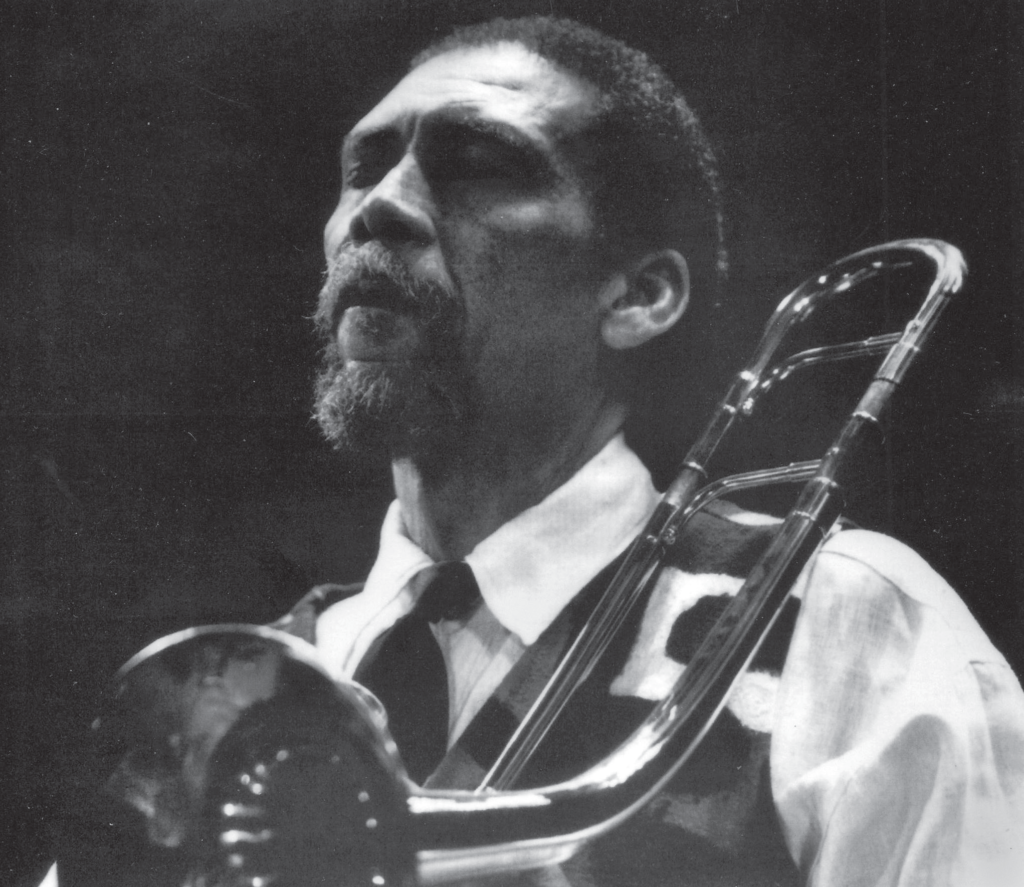
Phillip Arthur Ranelin’s biggest influence was his grandmother, Helen. She loved music and liked to reminisce about seeing such jazz luminaries as Duke Ellington and Miles Davis perform live. Helen also possessed an extensive record collection and exposed Ranelin to the world of jazz at an early age. (DuValle also mentored Ranelin.) Ranelin became an exceptional trombonist, playing on the Indianapolis jazz circuit until he relocated to Detroit and eventually Los Angeles.
Buy Now & Discover Indianapolis Jazz History
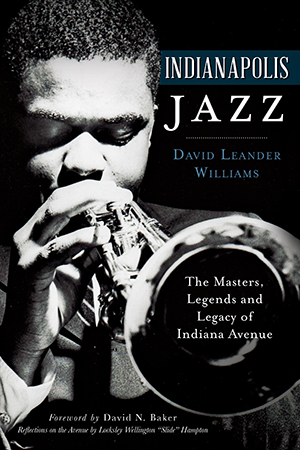
3. Carl Perkins
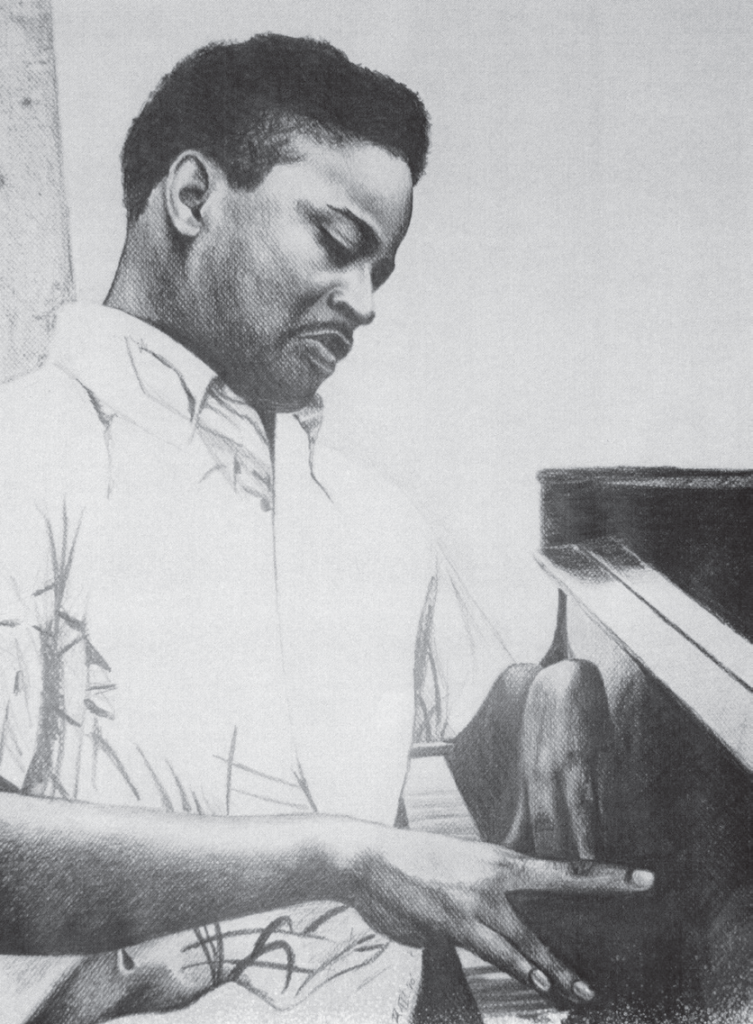
Carl Perkins, a jazz giant whom Miles Davis regarded as his favorite pianist.
Carl Perkins was born in Indianapolis in 1928, the fourth of thirteen children in a family that struggled during the Great Depression. Yet his family still found ways to expose him to classical and jazz music, and he began tinkering on the family’s piano. “He never got a real piano music lesson,” his brother recalled, “’cause we didn’t have the money. . . . He just sort of picked it up on his own.” Perkins became a legendary player. His trademark was playing the piano with his left hand in a ninety-degree angle to the keyboard and using his elbow to play bass notes. He eventually moved to Los Angeles and played with Dizzy Gillespie and Miles Davis, who commented that Perkins was the greatest jazz pianist with whom he had ever performed.
4. Willis Kirk
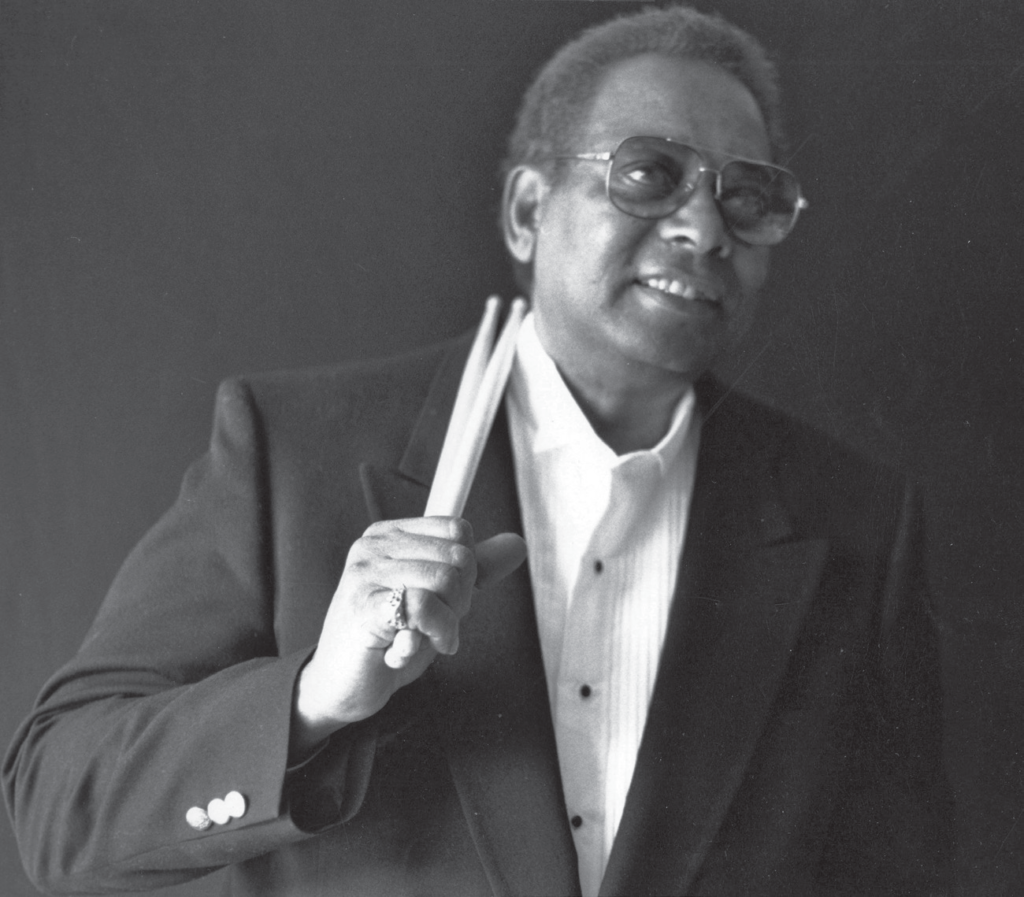
Willis Kirk was born the same year as Perkins and went to the same high school, Crispus Attucks. He was playing drums on Indiana Avenue by the time he was 14. One night, he went to the Sunset Terrace Ballroom to see the Duke Ellington Orchestra, but Ellington’s drummer, Sonny Greer, was so drunk that he literally fell off the bandstand into the crowd. Ellington desperately needed a drummer, and a local pointed toward Kirk and said to Ellington, “This kid can play!” Kirk ended up playing the whole set with Ellington—the first of many incredible gigs that eventually led him to the jazz scene in San Francisco.
5. Hazel Johnson-Strong
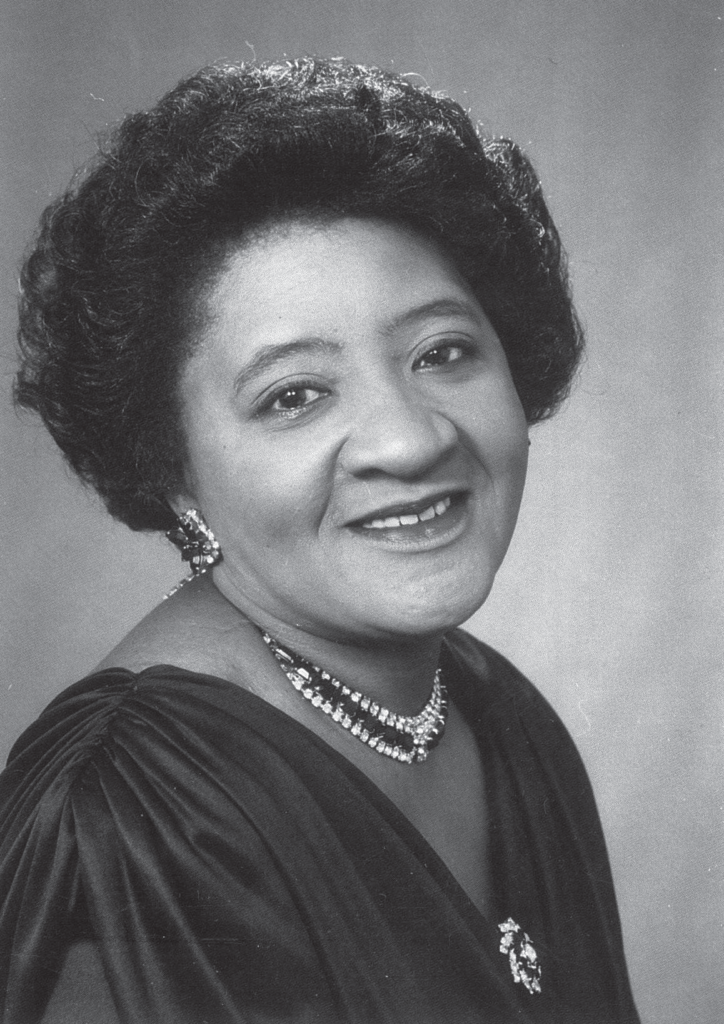
In 1949, at the tender age of five, Hazel Johnson-Strong burst onto the local music scene, appearing on the widely popular children’s program The Talent Showcase, which aired on WFBM television channel 6. As she got older, she sang at many local jazz hot spots and performed with almost every major Avenue group. But an even more important part of her legacy started in 1994, when she and her husband founded the Inner City Music School, a vibrant program that provided music instruction to inner-city students who could not financially attend a music academy.

Get into the music with David Leander Williams as he charts the rise and fall of Indiana Avenue, the Majestic Entertainment Boulevard of Indianapolis, which produced some of the nation’s most influential jazz artists. The performance venues that once lined the vibrant thoroughfare were an important stop on the Chitlin’ Circuit and provided platforms for greats like Freddie Hubbard and Jimmy Coe. Through this biography of the bustling street, meet scores of the other musicians who came to prominence in the avenue’s heyday, including trombonist J.J. Johnson and guitarist Wes Montgomery, as well as songwriters like Noble Sissle and Leroy Carr.

